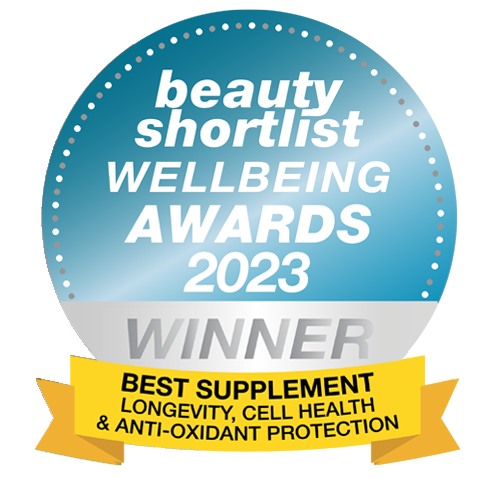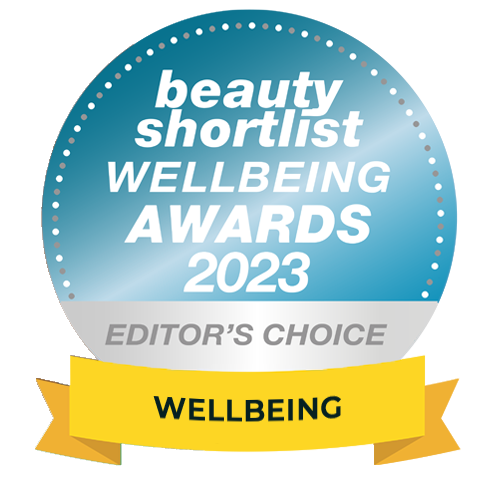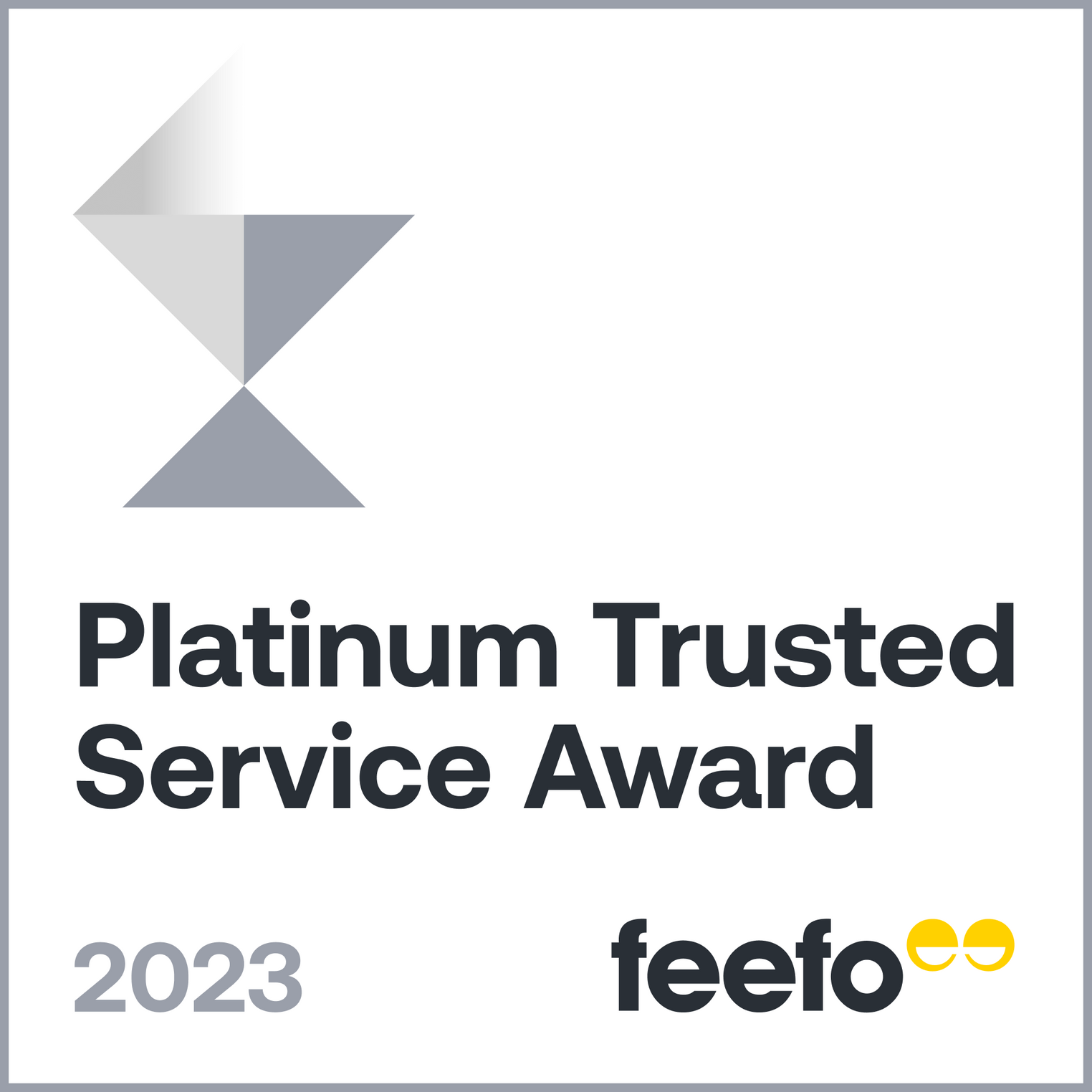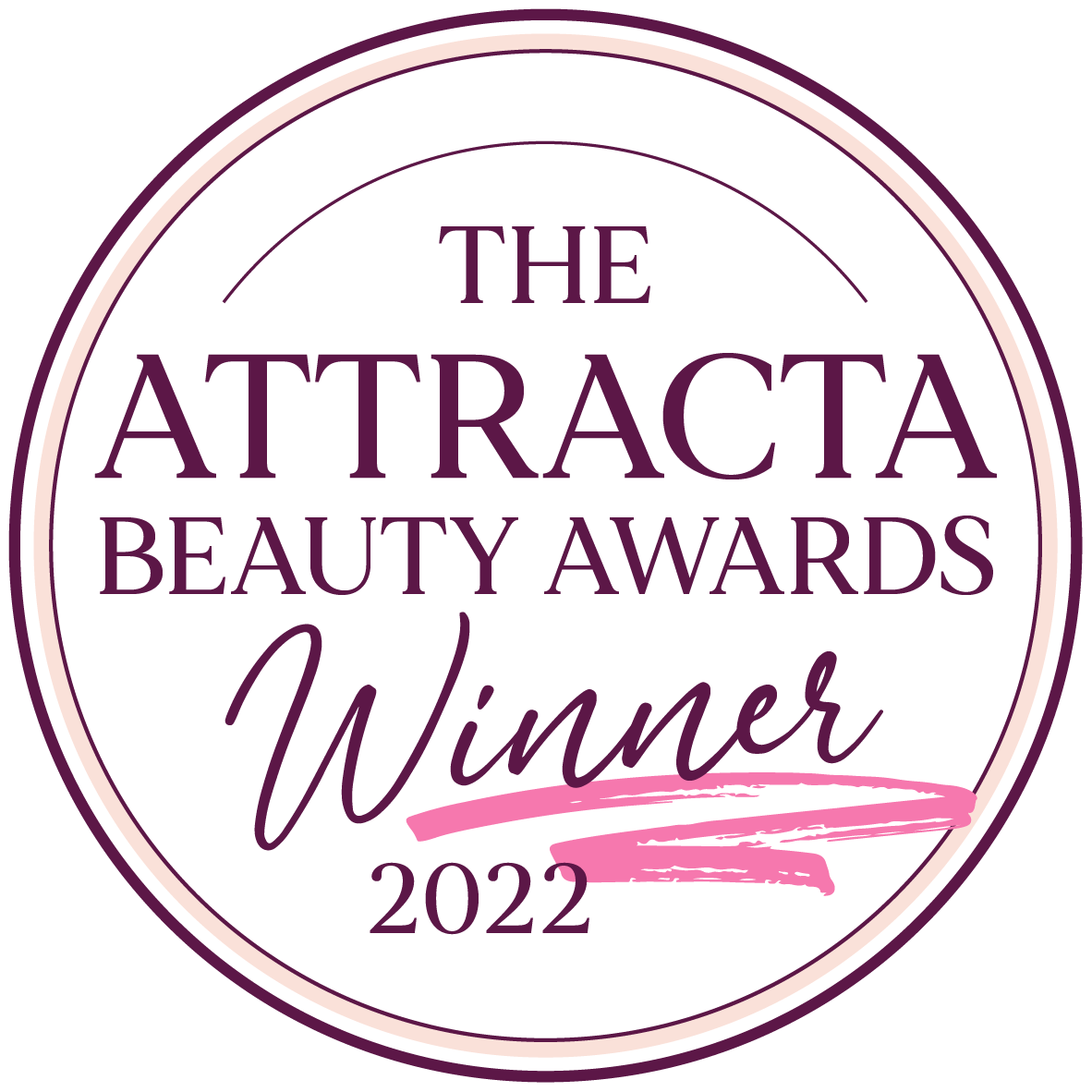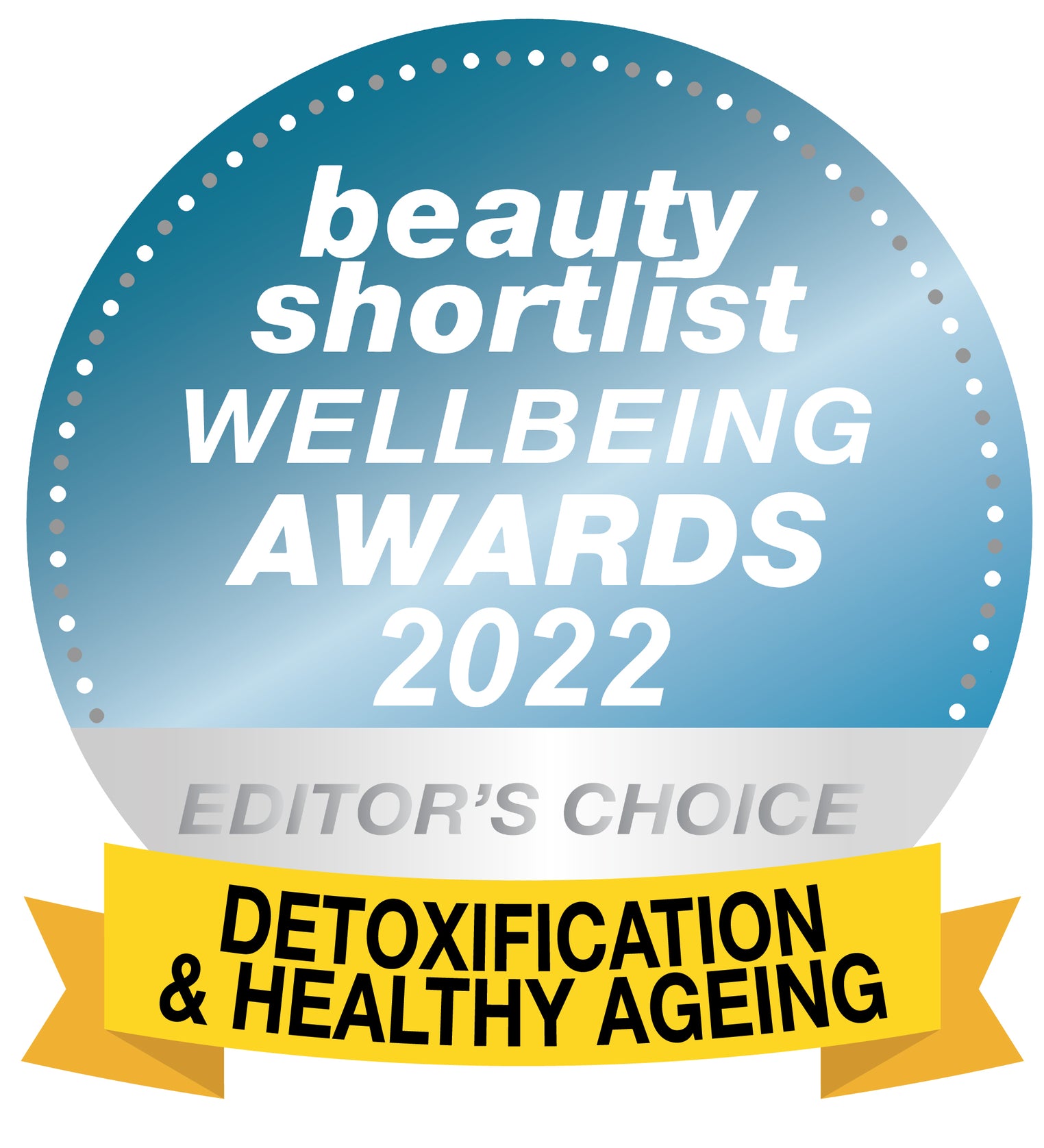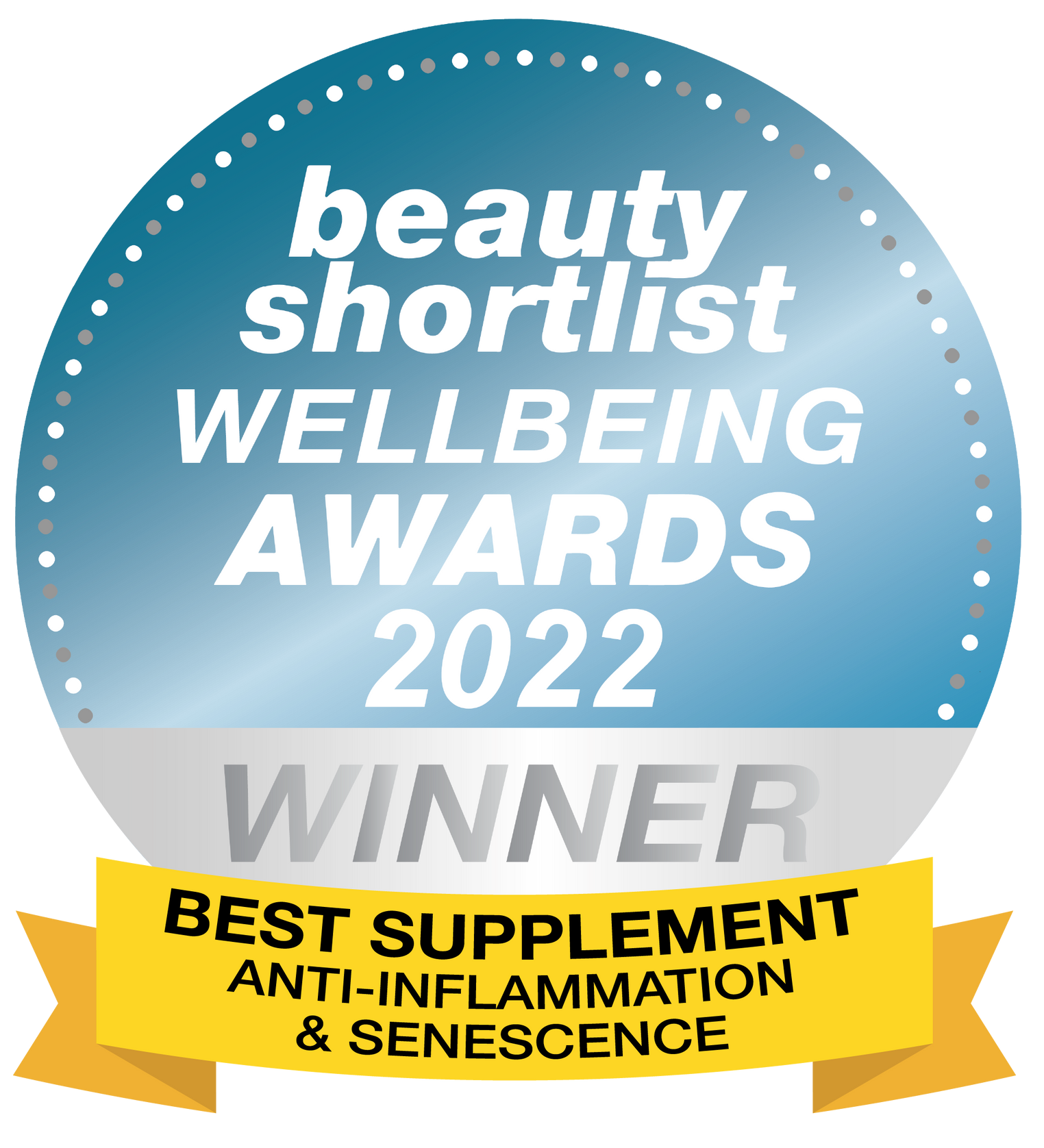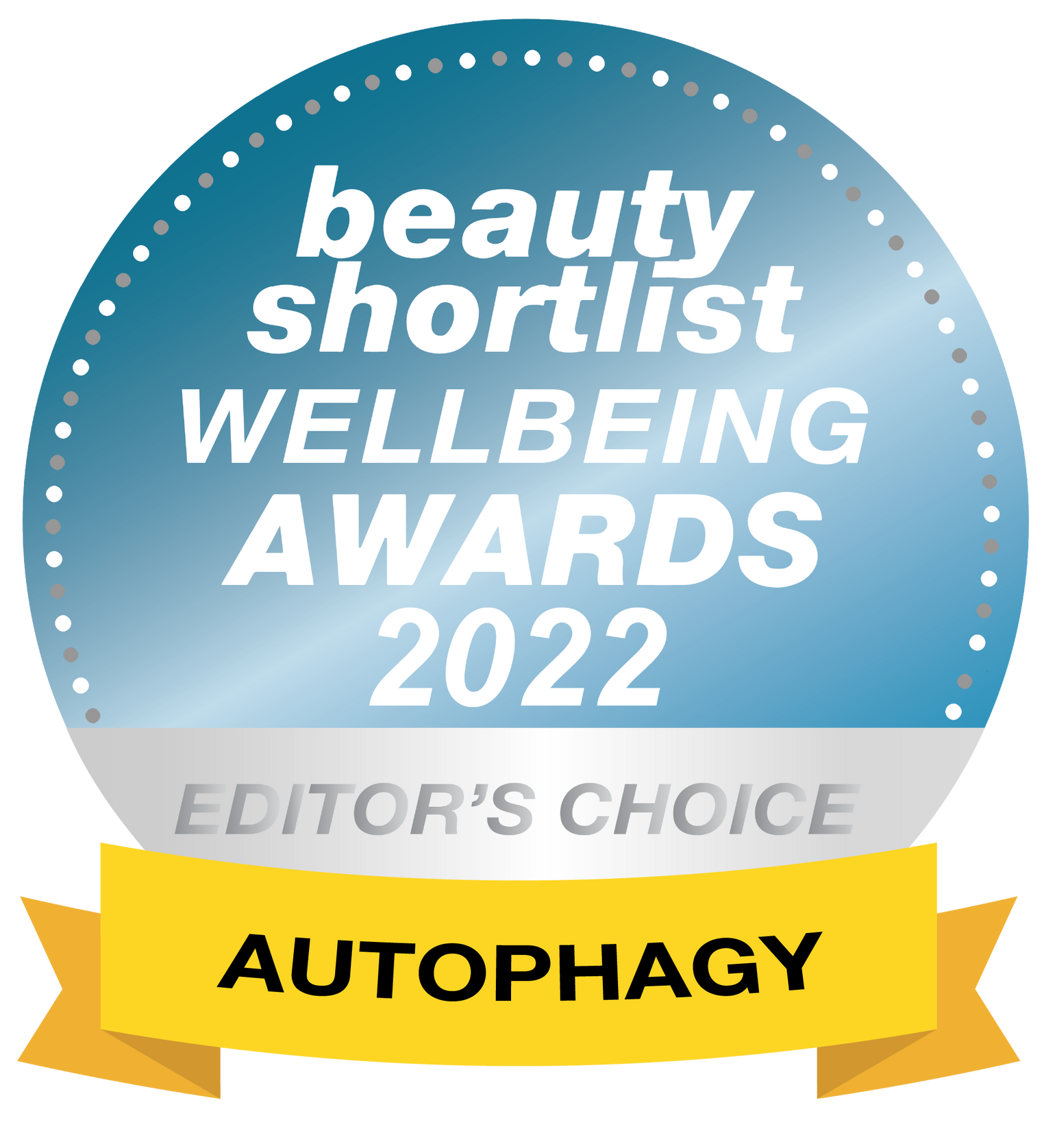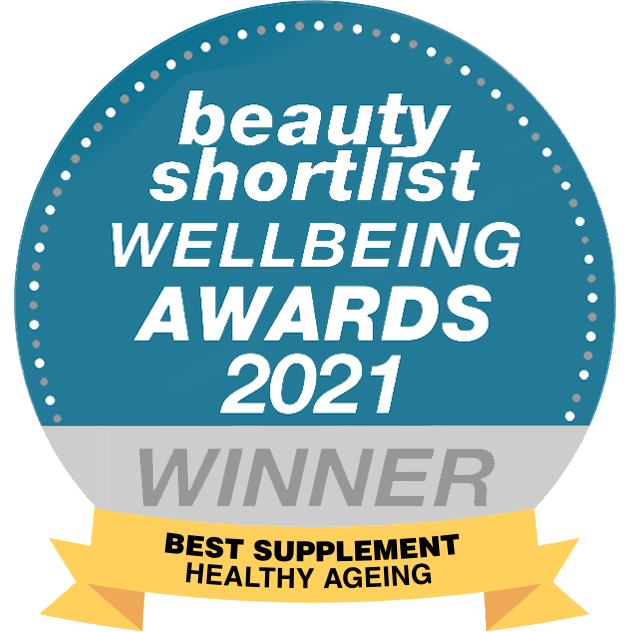NAD+ and aging are intricately linked. But, did you know that you can boost your levels of NAD naturally? Find out how to increase the levels of nicotinamide adenine phosphate in your body so that you feel younger for much longer.

What is NAD+?
NAD+ (nicotinamide adenine phosphate) is a natural molecule that exists in every living thing. It’s a co-enzyme that’s found in the mitochondria — the powerhouse of the cell. It plays a critical role in helping the body form ATP (adenosine triphosphate) the substance that powers our cells and many other vital processes. It’s so crucial to our functioning that if our levels were to drop to zero, we’d die.
NAD+ levels are high when we are young, but as we age, our levels decrease which has been shown to correlate with the deterioration that comes with age. But, the good news is, there are ways to help your body produce NAD+ and scientific research is ongoing on this matter.
What’s the difference between NAD+ and NAD?
If you’ve been in longevity circles, you may have come across NAD, NAD+, and NADH. So what’s the difference? NAD exists in two forms which are NAD+ and NADH. When you read about “NAD” it’s usually an informal term for NAD+. Although NAD+ and NADH are both essentially NAD, they perform different functions.
NAD+ is the oxidized form of NAD. This means that it has lost electrons which is why it has a positive (+) sign after it because it’s positively charged. The positive charge will play a role in what NAD+ does in the body and how it influences other molecules.
NADH is the reduced form of NAD. This means that NAD+ gains a hydrogen molecule and two electrons to balance out the positive charge. This results in a neutralized molecule which will perform a different function to the positively charged version of NAD.
NAD+ and NADH are known as a redox couple because NAD+ is the oxidized form and NADH is the reduced form. The redox reaction that occurs between these two molecules is very important for the formation of energy.
How is NAD+ made in the body?
Scientists have discovered a few ways that NAD+ can be made in the body. All of the ways require the presence of an NAD+ precursor. Precursors are a bit like the raw ingredients needed to bake a cake. You can’t make a cake without the ingredients.
It’s important to have some understanding of these ways so that you know how to help your body produce NAD+.
In the body, NAD+ is made in different tissues through the following pathways:
-
De Novo Synthesis Pathway: This process begins with L-tryptophan, an amino acid that is turned to nicotinic acid mononucleotide (NAMN) through a series of enzymatic reactions. Nicotinic acid mononucleotide (NAMN) is then converted to NAD+.
-
Preiss-Handler Pathway: Here, niacin or vitamin B3 goes through several enzymatic reactions. This pathway also produces NAMN, as an intermediate molecule which is subsequently converted to NAD+.
-
Salvage Pathway: The salvage pathway begins with nicotinamide (NAM) which is then converted to nicotinamide mononucleotide (NMN) with the help of enzymatic reactions then finally to NAD+. The interesting bit with this pathway is that once NAD+ is consumed, NMN is produced which feeds back through the pathway to reproduce NAD+ in a recycling fashion.

Why is NAD+ important?
NAD+ is responsible for cellular energy generation. However, it also plays a role as a signaling molecule in many other crucial cellular processes that we need for health and life. This includes triggering cell survival, improved cell repair, and regulating circadian rhythms.
Wondering about circadian rhythms? You might like to read: How to Feel Younger - Take Care of Your Circadian Rhythm
Biochemists, neuroscientists, and researchers have been studying this molecule from as early as 1906 and research is ongoing. Here are some of the critical findings on how NAD+ functions within the body.
NAD+ activates sirtuins — one of the longevity pathways
Sirtuins are a group of proteins that govern the balance within a cell (known as cellular homeostasis) and regulates the health of cells. They are a bit like a CEO of a company that decides who does what and when. They are crucial for longevity and, when activated, are extremely beneficial in preventing conditions that are usually associated with age.
Sirtuins can’t function without NAD+ and, as NAD+ levels decrease, so do the regulatory effects of sirtuins. Although much has been discovered about sirtuins over the years, research is still ongoing.
To find out more, read How Sirtuins and NAD+ Influence Longevity.
It helps burn fat
Researchers have found that low levels of NAD have been associated with obesity. NAD+ allows everything we eat, including fat, to be metabolized to energy. It achieves this through a redox reaction where NAD+ is converted to NADH thereby oxidizing or burning the fats.
In regulating fat accumulation, NAD+ helps minimize the chances of developing conditions like heart disease, type 2 diabetes, fatty liver, and a myriad of metabolic health conditions.
NAD+ boosts cellular health and resilience
NAD+ is important in the functioning of sirtuins and PARPs. As mentioned above, sirtuins are a family of enzymes that rely on NAD+ to regulate mission-critical functions like metabolic processes, circadian rhythm, DNA repair, gene expression, and stress response. It does this through the sirtuin pathway. PARPs — Poly (ADP-ribose) polymerases — are a family of proteins responsible for processes such as genomic stability, DNA repair, and programmed cell death.
Both sirtuins and PARPS are vital to cellular health and the functioning of our immune system.
It supports muscle development
Skeletal muscle development requires significant amounts of energy. NAD+ comes in as a hydrogen/electron transfer molecule that facilitates energy production. Muscle health is vital if you are to sustain exercise, maintain posture, and support a youthful lifestyle. With increases in NAD+ levels, your skeletal muscles not only develop, but also regenerate and develop a capacity to slow down aging and fight infections.
Although researchers are still discovering more about NAD+, one thing is for sure, it plays a key role in the functioning of almost every system in our bodies which is why it’s important to boost your levels as much as possible as you age.

Why do levels of NAD+ decline with age?
From scientific research, it has been established that as the body ages, NAD+ biosynthesis in the tissues and organs declines.
In turn, activities of NAD+ dependent enzymes also slow down, leading to age-related conditions like diabetes and high blood pressure. This decline starts to happen from the age of 40.
Researchers also think that NAD+ levels could decline because:
-
NAD+ is destroyed by an enzyme called CD38:This enzyme has been implicated in immune response and energy metabolism. Researchersfound a correlation between high levels of CD38 and low levels of NAD+.
-
Reduced expression of NAMPT: With the advancement in age, the expression of NAMPT (Nicotinamide phosphoribosyltransferase), a key protein in the biosynthesis of NAD+, decreases.
-
PARPs activation: As your body tissues age, your DNA repair process slows down resulting in DNA damage. In the process, PARPs — a family of proteins — are activated to attempt to repair the damage. However, the activation of PARPs increases the consumption and eventual depletion of NAD+.
Research is ongoing, but the take-home would be that NAD+ levels do drop as we age. By supporting our bodies to produce more NAD+, we can slow down, if not even reverse, the decline.
How Can I Increase NAD+ Naturally?
You can increase the levels of NAD+ in your body through diet, exercise, and using supplements that are known as NAD+ precursors. Precursors are like the building blocks your body uses to make NAD+.
You can also protect your levels of NAD+ by reducing the stress that you place on your body through bad eating choices that cause inflammation and toxins, reducing your consumption of alcohol (excess alcohol depletes NAD+ levels), and avoiding sun damage (NAD is used to repair damaged skin cells).
Did you know that krill oil is a powerful, natural anti-inflammatory that can help your body fight the effects of oxidative stress? Find out more in What is Krill Oil and Why Is It Good for You?
Here are a few tips on how to increase your NAD+ levels naturally.
Include more foods that boost NAD+
A healthy diet that consists of lean proteins, healthy fats, colorful vegetables, whole grains, and dairy (if you don’t have intolerances) will give your body all the building blocks it needs to function optimally. However, there are a few foods, in particular, that may boost NAD+ levels.
-
Poultry, meat, eggs, and fatty fish -Niacinamide is found in all of these and so is tryptophan. Including these sources of protein into your diet will not only help your NAD+ levels but will also help your body with numerous cellular processes.
-
Green vegetables -Spinach, broccoli, kale… the health benefits to eating greens are numerous and well known. Green vegetables are a good source of NAD and some even contain small amounts of NMN.
-
Dairy products -Milk is a good source of NR and can help boost NAD+. However, if you are intolerant of dairy, then this would not be a good option.
-
Crimini mushrooms - All edible mushrooms are packed with nutrients. In fact, mushrooms that have been in the sun are a good source of vitamin D3. Cremini mushrooms, in particular, help boost NAD+ levels.
-
Whole grains and cereals - whole grains are a rich source of vitamin B and including more of these into your diet can help elevate NAD+ levels. If you are intolerant of wheat, then oats might be a good option.
Not everyone can tolerate some of the above foods and, therefore, one of the best and easiest ways to boost your NAD+ levels is to take a supplement that has been specifically designed to do so.

Take natural supplements that boost NAD+
Nicotinamide Riboside (NR) —Nicotinamide Riboside (NR) is a form of vitamin B3 (niacin). Animal and human studies have shown that the NR molecule boosts NAD+ levels. You can take NR in supplement form and it’s one of the more affordable NAD+ precursors.
Youth & Earth has a pharmaceutical-grade NR sublingual powder. (This means you take it under your tongue and it goes directly into your bloodstream with high bioavailability.)
To find out more about NR, read What is Nicotinamide Riboside (NR) and Can It Increase Longevity?
Nicotinamide Mononucleotide (NMN) —NMN is also a derivative of vitamin B3 (niacin) and is a precursor to NAD+. It boosts NAD+ levels throughout the body and levels of NAD+ have been shown to rise within 15 minutes. To find out more about NMN, read What is NMN, and Are There Any Side Effects?
We also have sublingual NMNthat is of the highest standard that has been tested by third-party laboratories.
Niacinamide —Also known as nicotinamide, NAM, (but not related to nicotine from tobacco) is also a form of vitamin B3 (niacin) that also converts into NAD+. Niacinamide is a safer form of niacin because high levels of niacin (also called nicotinic acid) can be toxic or cause side effects like flushing.
Taking a comprehensive vitamin B supplement will also help increase your levels of this molecule.
Tryptophan — Tryptophan is another NAD+ precursor and an excellent supplement in boosting NAD+ levels. It follows the De Novo Synthesis Pathway to boost NAD+. Tryptophan is available in supplement form but is also found in many foods. If you are eating enough protein, you should be getting in enough tryptophan.
Preservage -Youth & Earth’s product PRESERVAGE has been specifically designed to boost NAD+ and activate sirtuins. It contains trans-resveratrol, curcumin, quercetin, and Bioperine that specifically target the aging process at a cellular level. Find out more on our product page: PRESERVAGE
Practice calorie restriction
Calorie restriction has been shown to extend lifespan in numerous studies. This has been attributed to a number of reasons including activating and inhibiting various longevity pathways, reducing inflammation, improving insulin sensitivity, and reducing aging biomarkers that are associated with chronic conditions. It’s also been shown to increase the levels of NAD+ in cells.
The key is to practice calorie restriction without malnutrition. Studies found that even a small drop in calories (about 300 calories ) can have health benefits. One way to reduce your calories is to limit “treats” to one day on the weekend and replace the treats in the week with healthy options such as low-carb fruit. Interestingly, strawberries contain a molecule called fisetin that helps combat one of the hallmarks of aging. Swapping a nightly rich dessert for a bowl of strawberries can not only help reduce calories, but it will also help combat aging.
Interested in finding out more? Read Zombie Cells and Aging - How to Fight the Walking Dead Cells
There are a number of deliberate calorie restriction practices such as intermittent fasting or following specific diets. it’s important to note that any calorie restriction should be done under the supervision of a health practitioner or dietician to make sure that you are not depriving your body of essential nutrients.
One of the ways to get the benefits of calorie restriction without the risk of malnutrition is to take a supplement like berberine that mimics calorie restriction and activates AMPK - another longevity pathway that regulates metabolism.
Youth & Earth’s product RELEAFcontains berberine, PQQ, and Silymarin and helps improve metabolism, regulates cholesterol, and lower blood pressure.

Exercise
The health benefits of exercise are well known. Apart from improving your overall health, strength, and physical condition, exercise has positive anti-aging benefitsright down to the cellular level. Exercise helps your body produce more mitochondria and NAD+.
For more on the health benefits of exercise plus how to get started, read Five Easy Anti-Aging Hacks to Increase Your Longevity
Conclusion
Growing older is part of life. But many of the conditions that are usually said to occur “because of age” can be prevented through adopting a healthy active lifestyle and supplementing wisely. In fact, some medical scholars are pushing for aging to be classified as a disease because they believe it can be cured. NAD+ is one of the many molecules they are banking on.
Increasing your levels of NAD+ is a crucial aspect to consider as part of your anti-aging lifestyle. There are ways to protect and boost your NAD+ levels through a healthy diet and lifestyle.
However, it’s not always easy to tell if you are doing enough to boost those levels sufficiently to combat cellular aging. One way to make sure that you are equipping your body with all it needs is to take a natural supplement that targets NAD+ and the other longevity pathways that are so intricately linked together.
Youth & Earth products are specifically designed to address aging at a cellular level. Every product is tested and is of the highest pharmaceutical grade for your assurance. Contact us today and start your journey towards feeling younger for longer.
“Age is inevitable. Aging isn't.”
— Marv Levy
The content of this article is for informational purposes only. It’s not intended to be a substitute for professional medical advice, diagnosis, or treatment. Always seek the advice of your physician or health provider before starting a new health regime or program. Do not ignore medical advice or delay seeking it because of something you’ve read on this site or any Youth & Earth product.
















